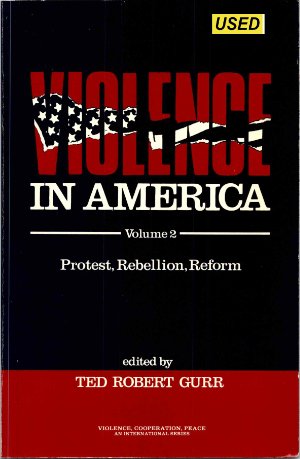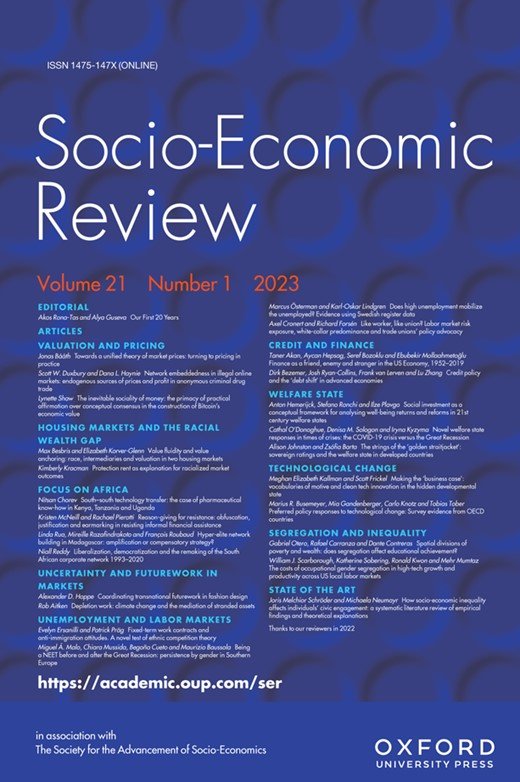By Danni Zhang, Regina Frei, P.K. Senyo, Steffen Bayer, Enrico Gerding, Gary Wills and Adrian Beck
The growth of online retailing has exceeded expectations over the last few years. This has resulted in high product return rates, which retailers are struggling with due to complex and costly returns processing, logistics, and financial implications. Additionally, online returns come with increased opportunities for returns fraud. During the pandemic, new types of returns fraud have emerged and returns fraud rates have increased across all channels. Based on a series of semi-structured interviews with retailers and retail experts, we investigate factors that enable fraudulent returns from consumers' and retailers’ perspectives and outline strategies for retailers to combat product returns fraud in a multichannel environment, leading to a framework for retail fraud. We contribute critical insights to research and practices on understanding and addressing a growing problem that has economic, social and environmental implications.
Journal of retailing and consumer services, Vol.70, 2023. 103145























